Table of Content
Digital strategy is about using technology to improve business performance, create new competitive advantages, and adapt to the ever-evolving digital landscape–a crucial element for any organization looking to thrive in today’s digital world.
AI capabilities, new tools, and emerging ecosystems require fine-tuning the digital strategy, as integrating these capabilities into business operations and products is creating a new level of competitiveness.
In this paper, we will discuss AI strategies and focus on where the real value comes from—building full applications and software on top of these AI models—software that includes the business logic, workflows, and data handling that make these apps truly useful for customers.
At Krasamo, we anticipate that generative AI applications will expand dramatically in the next decade and deserve careful planning.
Build Software that Delivers a Full Outcome to the Customer
Enterprises should analyze the AI landscape and plan their products carefully. We believe that products should be designed in such a way that they cannot be easily absorbed by large AI models. Instead, focus on creating complete software solutions that deliver tangible outcomes for customers—such as automating workflows or improving customer support—rather than merely leveraging the foundational technology of the AI model.
While the underlying AI is important, customers ultimately value the final service or functionality delivered. Therefore, AI engineers should concentrate on building flexible applications that can quickly adapt to changes and updates in the models. This approach ensures that the technology consistently meets evolving customer needs and helps businesses build a protective moat around their unique value proposition.
The AI Revolution
The AI revolution is about making advanced intelligence accessible and affordable—so affordable that it transforms every part of how we work and live. AI is rapidly becoming cheaper, and many tasks can be automated at a fraction of the cost.
As increased efficiency and lower costs lead to broader adoption and even more significant benefits, this will unlock an abundance of solutions that deliver better services, enhanced customer experiences, and a higher quality of life for everyone.
AI tools that integrate seamlessly into everyday business processes are transforming workflows. This shift is prompting companies to move beyond merely leveraging raw AI models and develop AI applications built on top of these models to deliver tangible outcomes.
However, the AI revolution is set to shift competitive advantages. It will enable enterprises to automate and optimize their operations, creating sustainable competitive edges, while those that rely solely on basic AI functionalities risk being overtaken.
The AI revolution is not just about having powerful models—it’s about embedding that intelligence into full-fledged, outcome-focused software that fundamentally improves how organizations operate and serve their customers. This shift promises to unlock unprecedented efficiencies and open up new opportunities for growth across industries.
The AI Software Layer
While the early focus has been on developing increasingly sophisticated models, the true long-term value for enterprises comes from the software layer built on top of these models.
As AI models become commoditized (their cost drops to nearly the cost of bare metal), their basic output (or tokens) will be very similar across providers. With pricing pressures forcing all AI providers to compete on nearly identical terms, enterprises will increasingly base their vendor choices on the robustness of the software built around these models rather than on the basic capabilities of the AI itself.
Simply relying on AI models and AI features only isn’t enough because, over time, the cost of intelligence will drop so much that all models could become nearly interchangeable. Instead, the real value—and your competitive advantage—will come from the surrounding software that ties these models into a full solution.
To differentiate your product, you need to build robust software around AI. This includes integrating business logic, workflows, and data handling that directly solve customer problems. Customers care about this layer of integration, not the raw intelligence.
By creating a comprehensive solution that “stitches together” various AI systems into a seamless application, you protect your value proposition. This makes it harder for larger players (or even open-source alternatives) to absorb your product because you offer more than just raw AI—an end-to-end service.
Read our generative AI strategy paper for a deeper exploration of how generative AI drives intelligent transformation.
The Entire Workflow of the Business Process
Advancements in AI—especially with the emergence of open-source reasoning models—are set to transform enterprise workflows and pave the way for new business models. Unlike traditional AI, which primarily relies on pattern recognition, reasoning models perform tasks that require logical processing or “thinking.”
As these models become more intelligent, it becomes feasible to chain multiple AI agents or modules together, creating an orchestrated workflow that handles increasingly complex business processes. Instead of addressing isolated tasks, this approach integrates various modules targeting a specific segment of a business process into a seamless, end-to-end solution.
This layered integration not only automates routine tasks but also manages complex, multi-step functions, unlocking new value propositions that were previously unattainable. Continuous improvements in AI reasoning will further expand the range of enterprise applications, from simple tasks to mission-critical workflows, ultimately driving innovation, enhancing efficiency, and redefining operational capabilities.
First AI Organization
What does it mean to become a First AI organization?
Enterprise leaders are increasingly embracing AI and rethinking their strategies. To remain competitive, organizations must explore how AI will impact their business operations, whether by building in-house solutions, purchasing specialized AI tools, or automating existing processes with AI features.
An “AI-first” organization places AI at the heart of its operations. Instead of treating AI as a mere add-on, these companies embed it deeply into every aspect of their workflows, products, and decision-making processes. From internal operations to customer-facing applications, AI becomes a core component that shapes how the business functions.
Ultimately, as the cost of AI models drops and their outputs become more interchangeable, the true competitive advantage will lie in how seamlessly these models are integrated into business processes and how effectively the organization leverages AI to drive sustainable growth.
AI Skill Set
An AI-first organization also adopts an AI-centric culture and technology stack, prioritizing recruiting AI-native talent. Building a team with the right AI skill set is crucial for maintaining competitiveness and attracting new talent. These professionals understand the underlying technologies and are skilled at scrutinizing AI models to ensure they translate into improved efficiency, lower costs, and superior outcomes. In essence, the success of an AI-first organization depends on the technology and the expertise of its people.
New AI Use Cases and Business Models
AI dramatically reduces the cost of intelligence. Rather than merely replacing existing solutions, it creates entirely new AI use cases and unlocks previously untapped revenue opportunities. In other words, the efficiency gains from AI allow businesses to accomplish tasks they once thought impossible, thereby expanding the total market far beyond its original boundaries.
As AI becomes cheaper, tasks that were once too expensive or complex to automate become viable. This shift enables companies to automate not only routine tasks but also more sophisticated functions that were traditionally managed manually—or not managed at all. The resulting improvements in efficiency lead to increased output and lower operating costs.
Traditionally, the total addressable market (TAM) was defined by the limited scope of tasks that companies could afford to automate or digitalize. When AI slashes costs, however, it effectively expands this market. Processes that previously justified no investment now become attractive, adding new layers of demand.
Moreover, the efficiency gains provided by AI can be reinvested back into the business, fueling further innovation and growth. This reinvestment cycle creates a flywheel effect, where each improvement opens up more opportunities and expands the overall market size beyond the original TAM estimates.
As AI models become commoditized, their output is nearly interchangeable, bringing the true competitive advantage to the software and business logic built on top of them. Even slight differences in how companies integrate AI can lead to significant competitive advantages, prompting enterprises to invest in comprehensive, AI-driven solutions. These investments generate new revenue streams from improved productivity and the creation of entirely new business models.
AI in Business with Krasamo
- Strategic AI Roadmapping
Collaborate with experts to define your AI strategy, identify high-impact use cases, and create a roadmap that aligns with your business goals. - End-to-End Software Integration
Build robust, integrated solutions that embed AI into every layer of your business processes—from internal workflows to customer-facing applications. - Custom AI Solution Development
Develop tailored applications that leverage proprietary business logic and data handling to deliver measurable outcomes and a sustainable competitive edge. - Talent & AI Skill Set Enablement
Hire specialized Krasamo AI engineers, augment your team, or build an in-house team with us. We can provide dedicated teams from the Dallas office or our Mexico nearshoring Development Center.







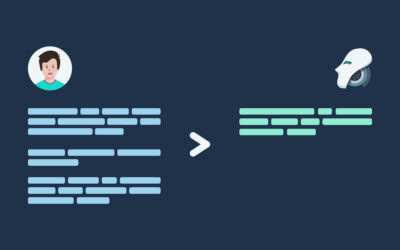
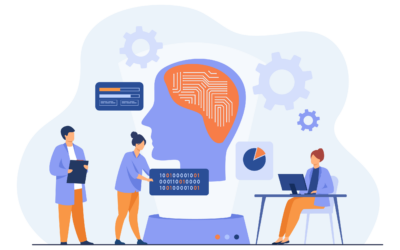
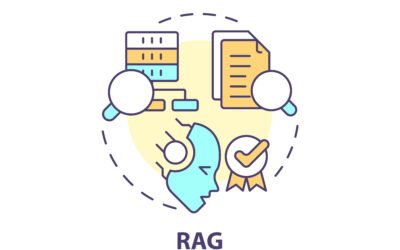
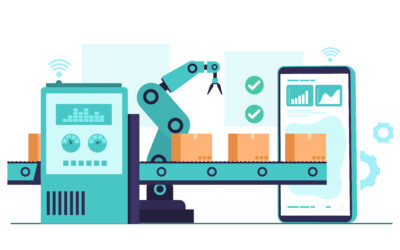
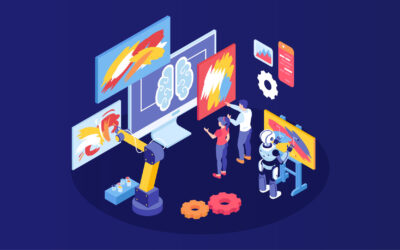
0 Comments